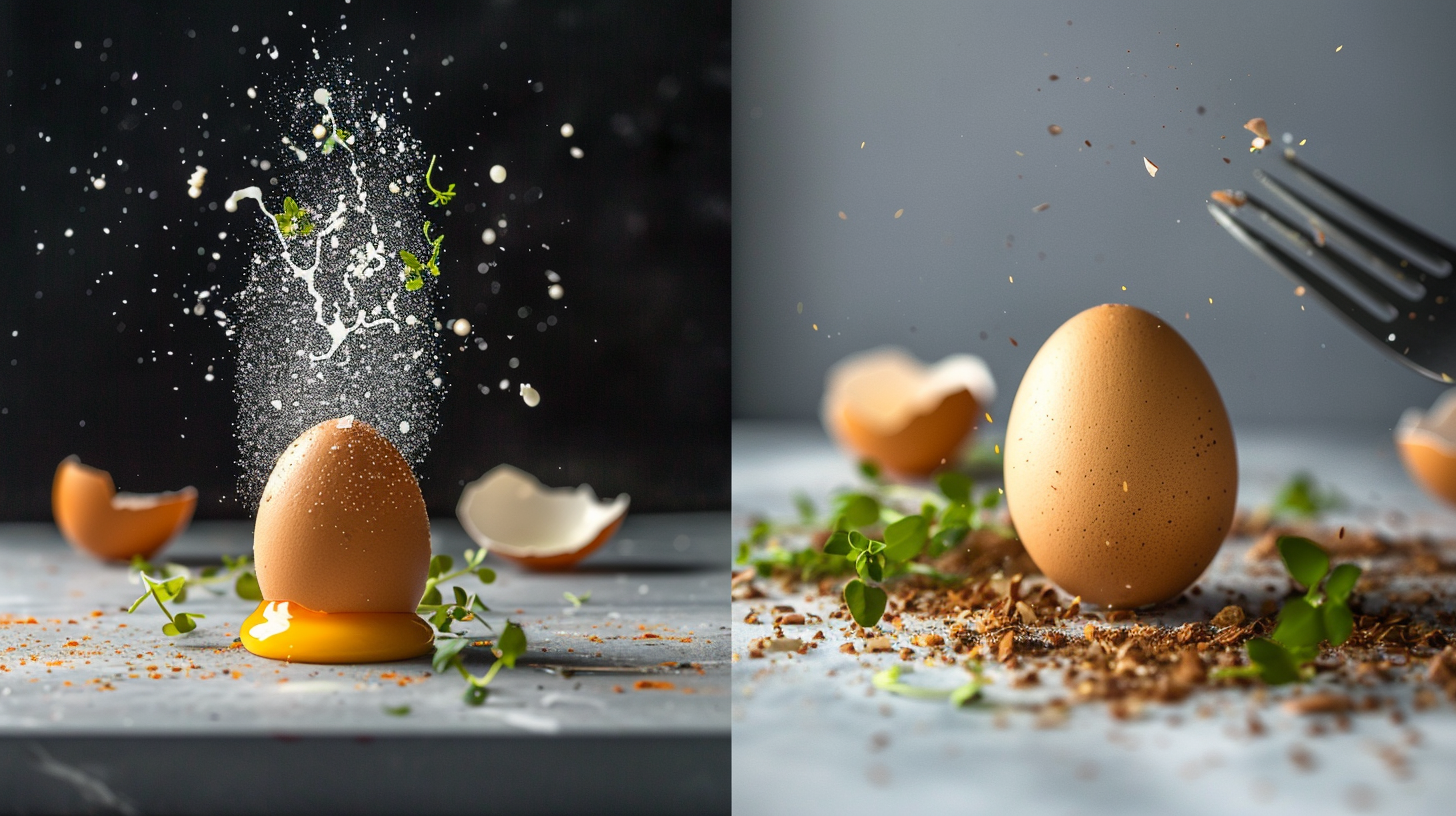Key points
• Lighting: Good lighting is key for egg food photos. It shows off the egg’s texture and colors. Most of the time, natural light is the top choice because it’s gentle and makes the food look its best.
• Composition: How you arrange the eggs, other ingredients, and objects can really make or break how tempting the picture looks. Use simple tricks like the rule of thirds, eye-catching lines, and space around subjects to make a photo that draws people in.
• Focus and Depth of Field: Play around with where you focus and how much of your shot is sharp to spotlight what matters most – like the center of a poached egg. Keep your depth of field small to blur out distractions and keep eyes on your main subject.
Contents
- Key points
- What is Egg Food Photography?
- The Importance of Egg Food Photos
- Book Overview: Purpose and Content
- Understanding Color and Texture in Egg Imagery
- Egg Photography and the Importance of Arrangement
- Lighting Techniques for Egg Photography
- Eggs and What They Mean in Food Pictures
- Cultural Importance of Eggs in Pictures
- Showing Freshness and Quality in Pictures
- Understanding Egg Photos
- Essentials of Egg Photography: Camera Settings and Lens Selection
- Setting Up the Scene and Choosing Props
- How to Improve Your Egg Photos After Shooting
- Mistakes to Dodge when Taking Pictures of Eggs
- Enhanced Methods for Tackling Tech Troubles
- Keeping True Meaning in Artistic Takes
What is Egg Food Photography?
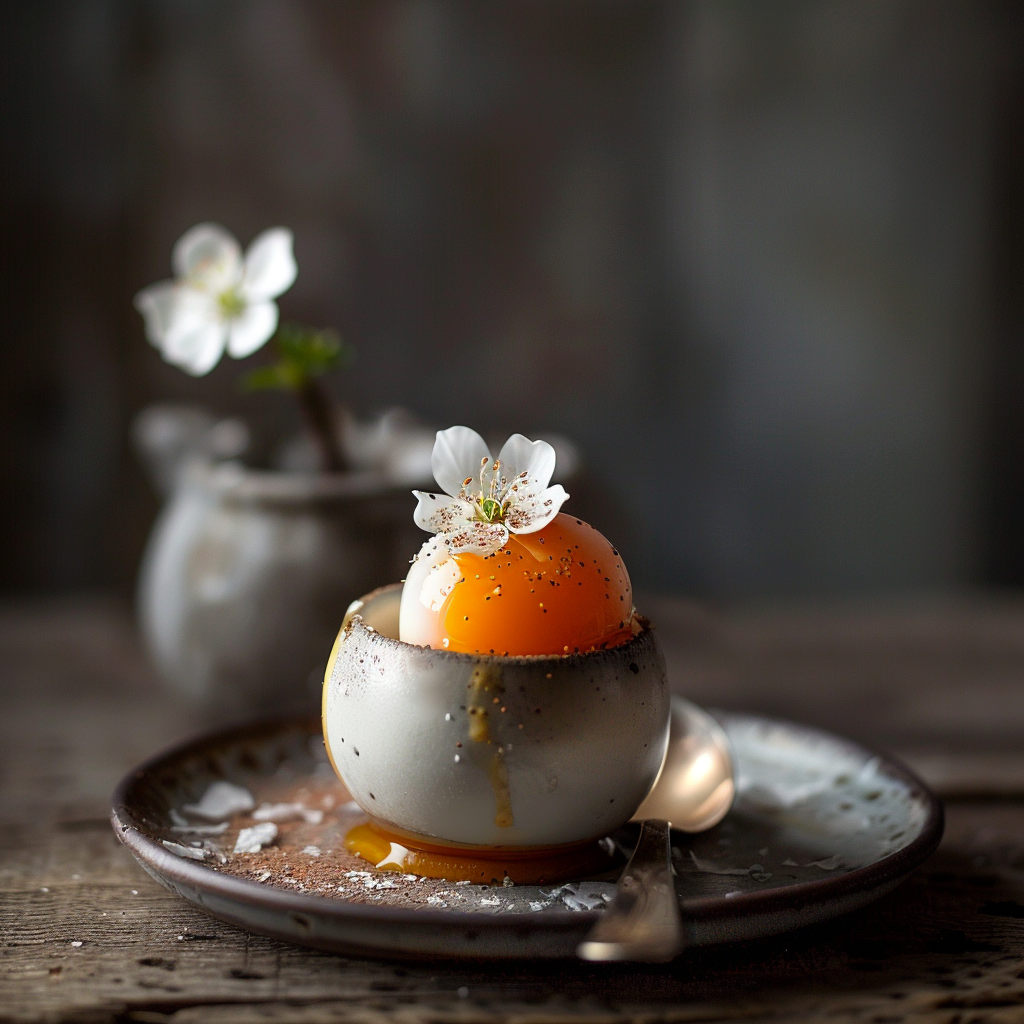
Egg food photography zooms in on eggs in cooking. It’s all about making eggs look good in pictures—showing off their smoothness, shades, and how they can be used in lots of dishes. When you take photos of food with eggs well, it makes the whole meal look better. That’s because eggs are pretty important in lots of things we cook.
“`
The Importance of Egg Food Photos
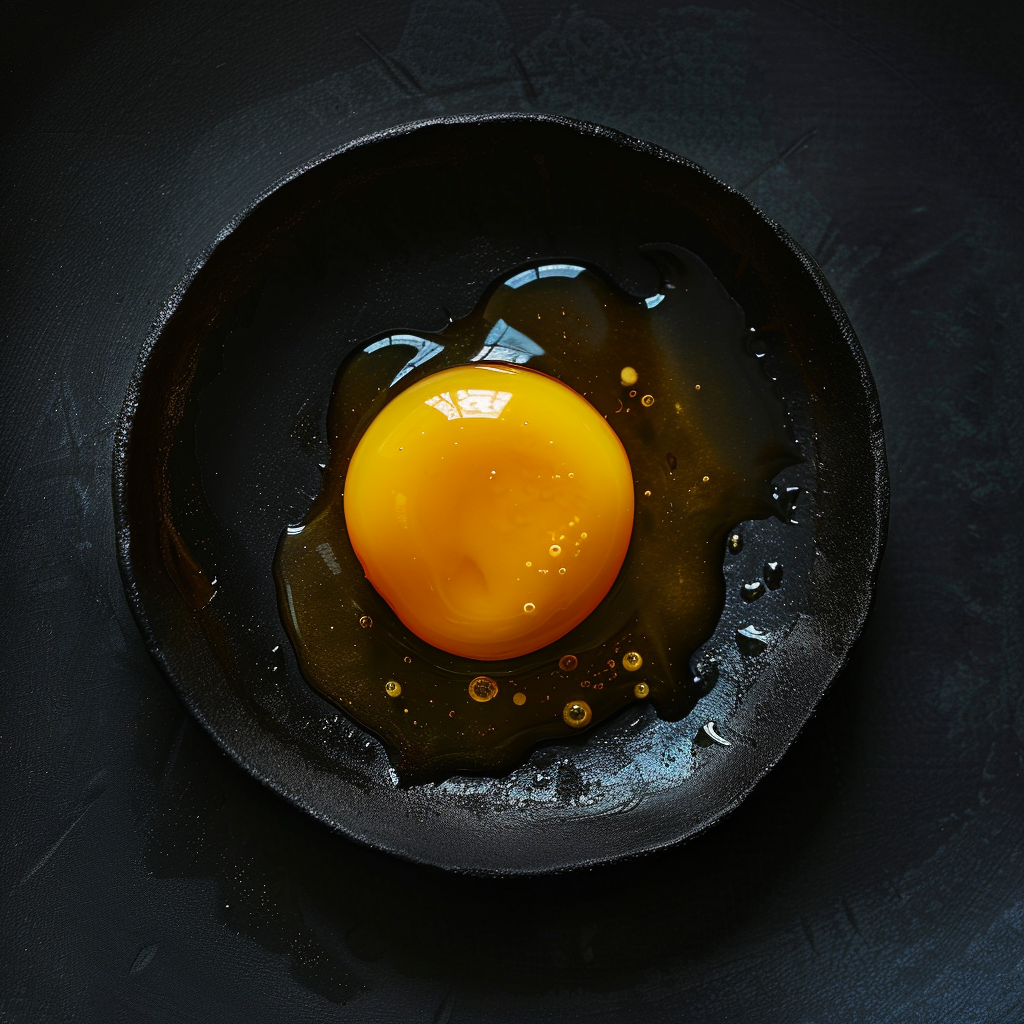
Egg food photos are key because they spotlight an often overlooked item in our kitchens: the egg. Good photos can turn a plain egg meal into something that looks delicious, attracting both food lovers and experts. Restaurants, magazines, and cookbook companies especially benefit from top-notch egg pictures to advertise and sell their stuff.
Book Overview: Purpose and Content
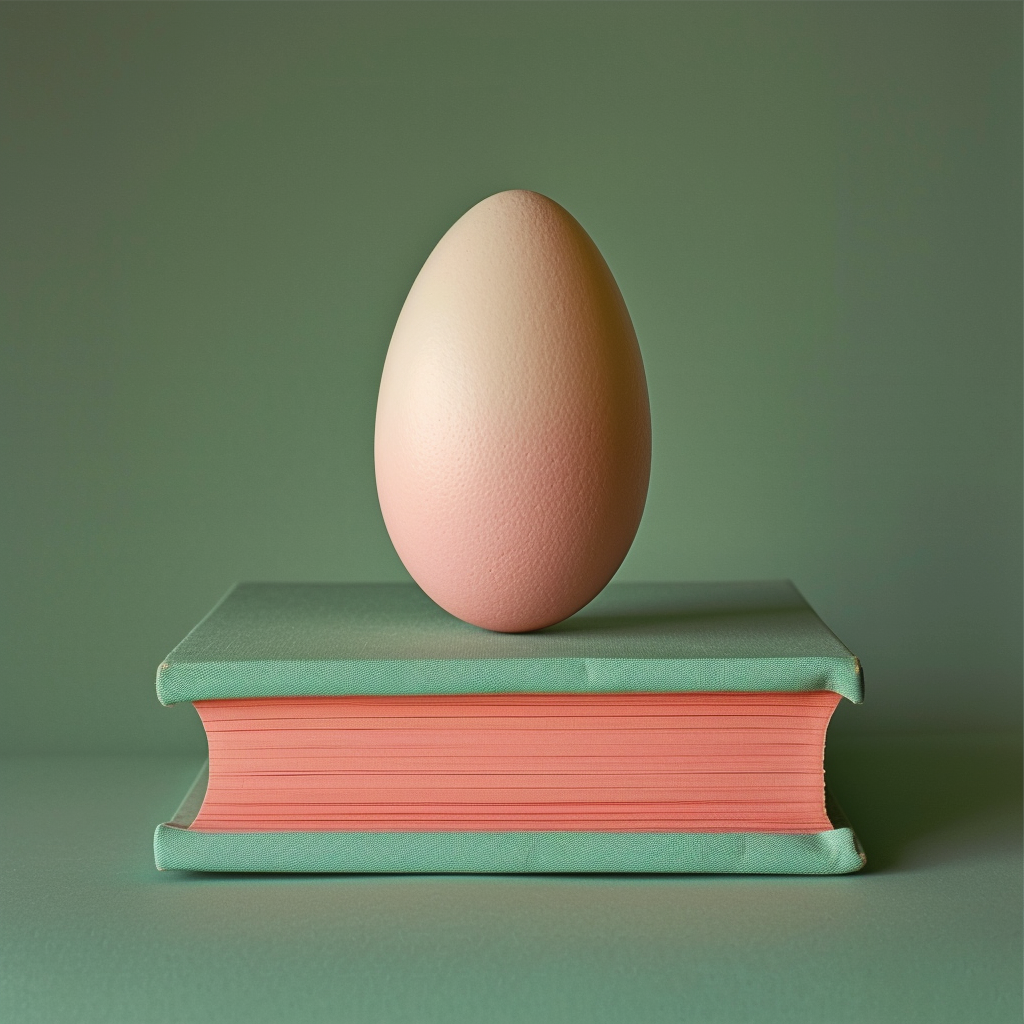
This book is a deep dive into how to take great pictures of egg dishes. It’s for new food photographers who want to learn the ropes and pros who need fresh ideas or a quick refresh. You’ll find everything from lighting and arranging your shots to advanced tips like telling a story with your photos and using sites like Instagram to show off your work.
Capturing eggs in photos means paying attention to their colors and textures. Pictures that highlight the silkiness of eggshells or the rich, thick feel of a yolk really pop. They get a message across without words—it’s all about the visuals.
Understanding Color and Texture in Egg Imagery
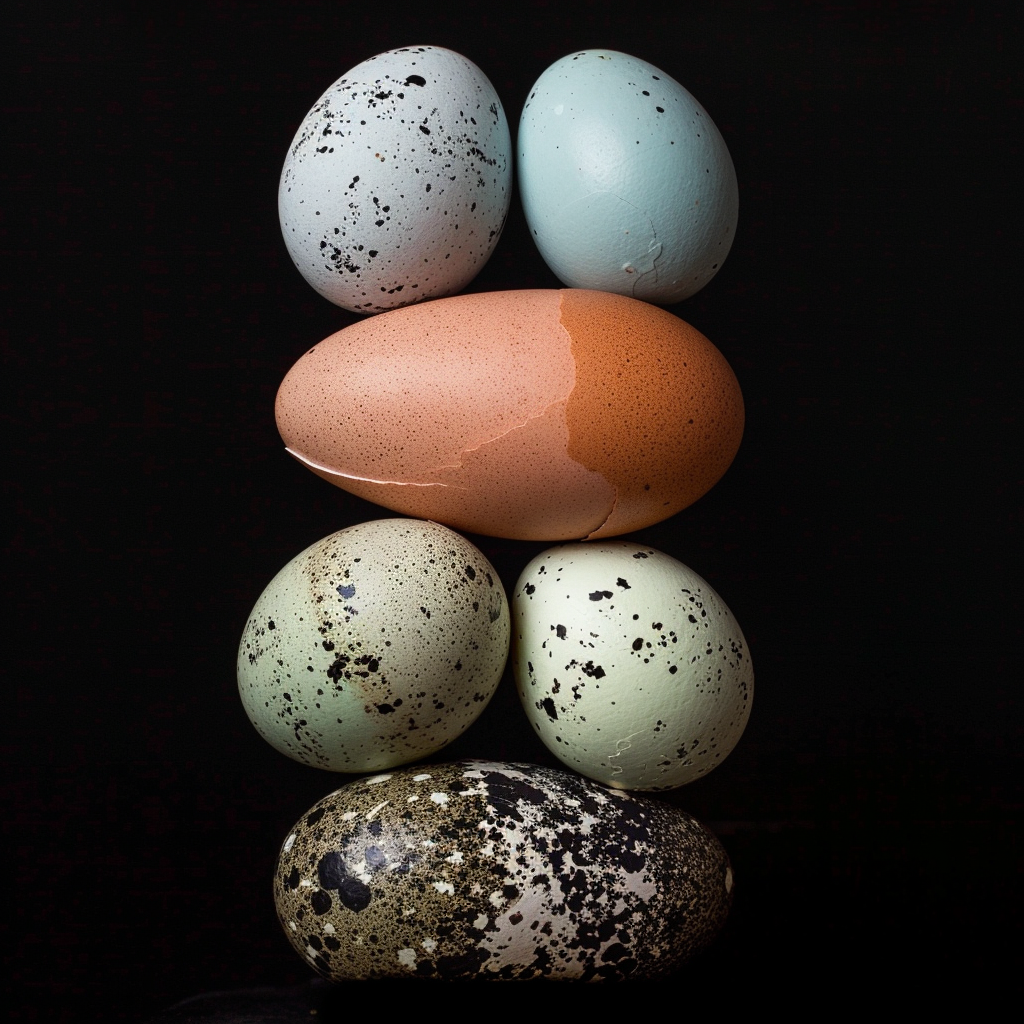
To get real-looking egg photographs, you’ve got to get the colors and textures right. There’s a big difference between the dull shell and the shiny inside of a broken egg. If a photographer gets this contrast down pat, they can create pictures that seem so real, you almost think you can touch them just by looking.
Egg Photography and the Importance of Arrangement
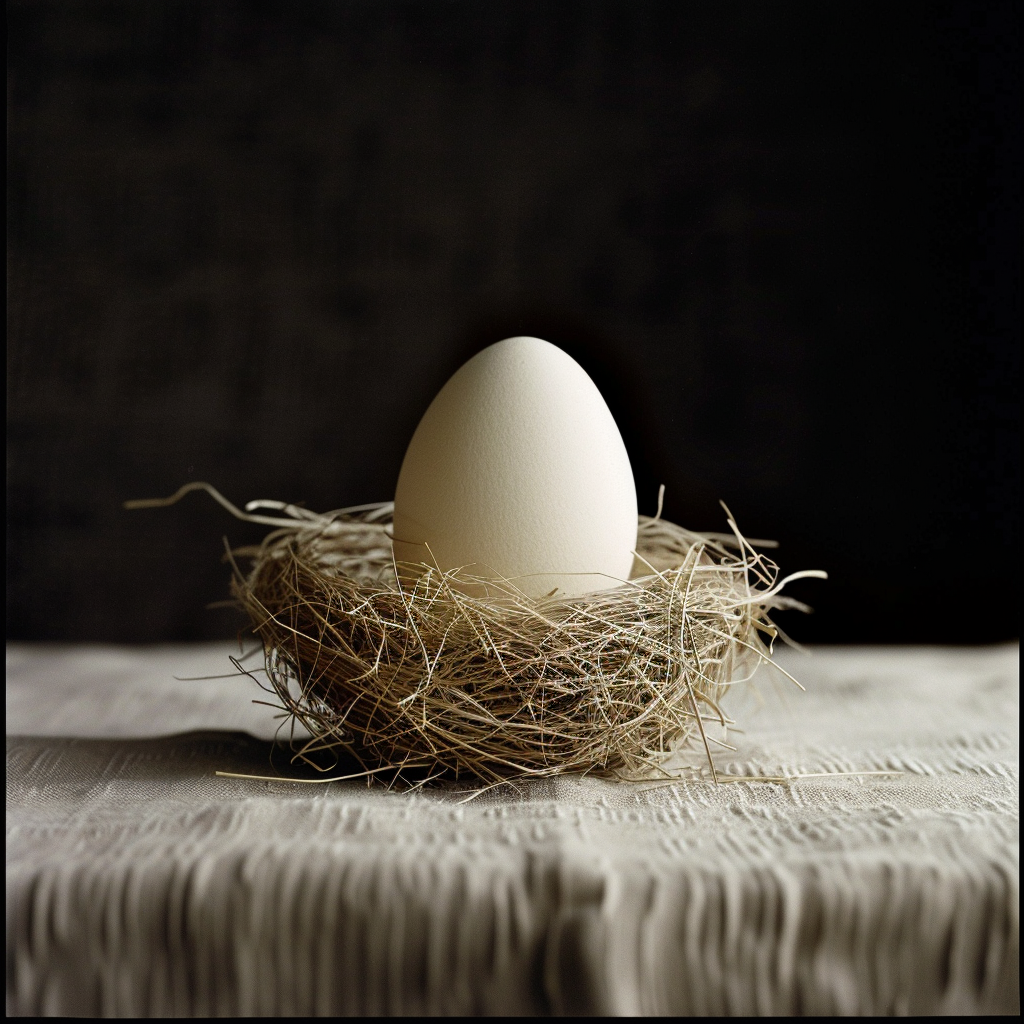
When you’re taking pictures of eggs, how you set things up in your shot really matters. The way you position and balance the egg, whether it’s cozily sitting in a box or laid out on an old-fashioned table, makes a big difference in how the picture turns out. Plus, photographers often use tricks like the rule of thirds, which helps make sure people looking at the photo focus on the egg.
Lighting Techniques for Egg Photography
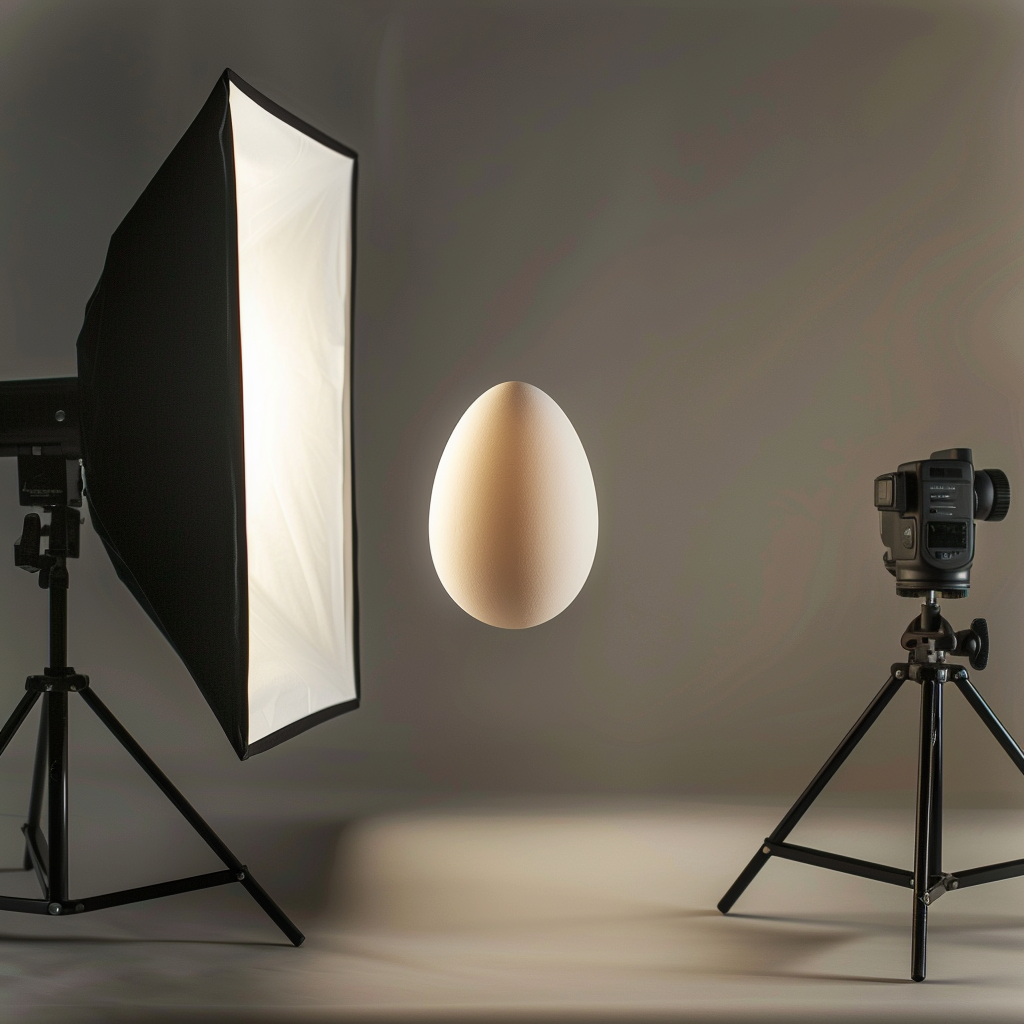
Using light effectively is super important when taking pictures of eggs. You can go for the gentle shine that comes from outdoor light or the sharp rays you get with indoor studio lights, and each method has its own perks. Shadows are great ’cause they make the egg’s texture pop, and bright spots help show off its curves and form, making the picture look more three-dimensional.
Eggs and What They Mean in Food Pictures
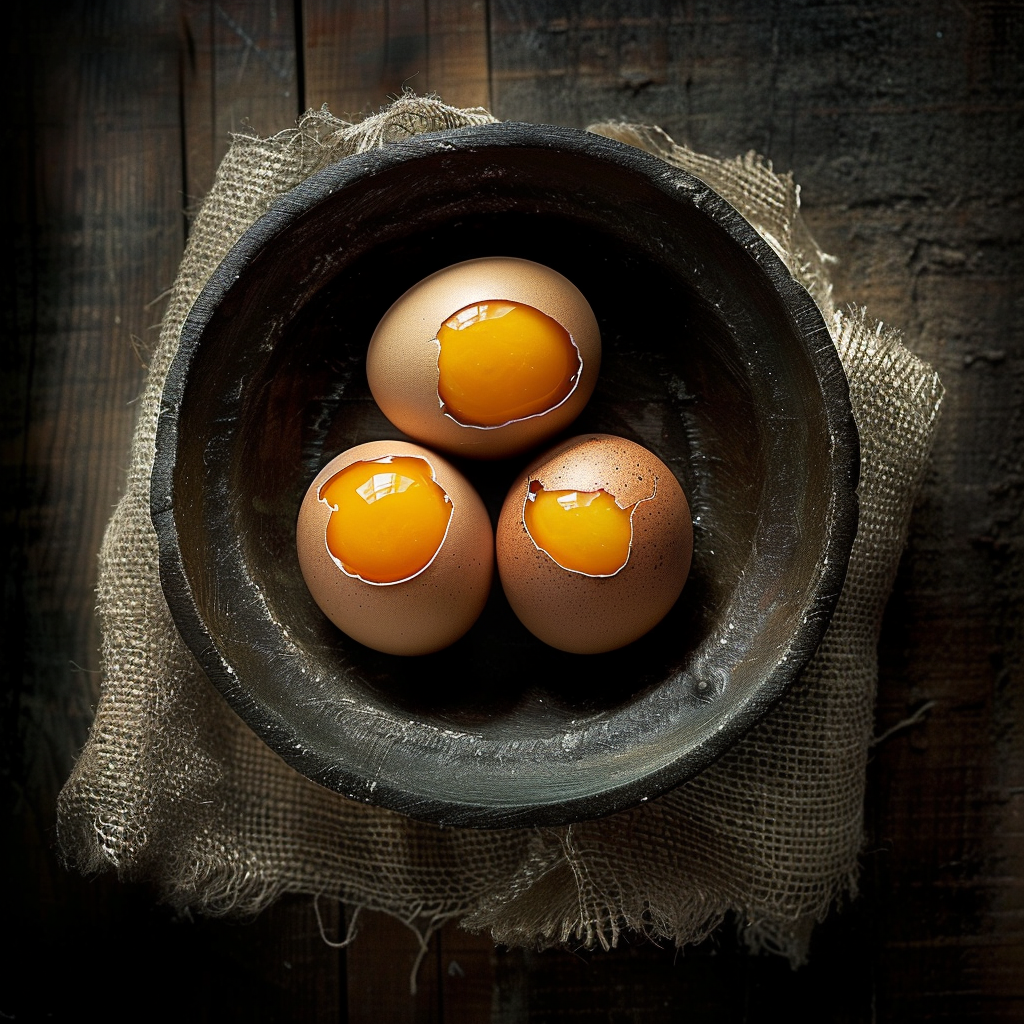
Eggs are packed with symbols when it comes to cooking. They usually stand for fresh starts, making babies, and coming back to life. When you see an egg in a picture, it’s not just there because it looks good. Artists and photographers often pick eggs to hint at these big ideas. So, when we look at pictures focused on eggs, there’s a lot more to think about than what meets the eye.
Cultural Importance of Eggs in Pictures
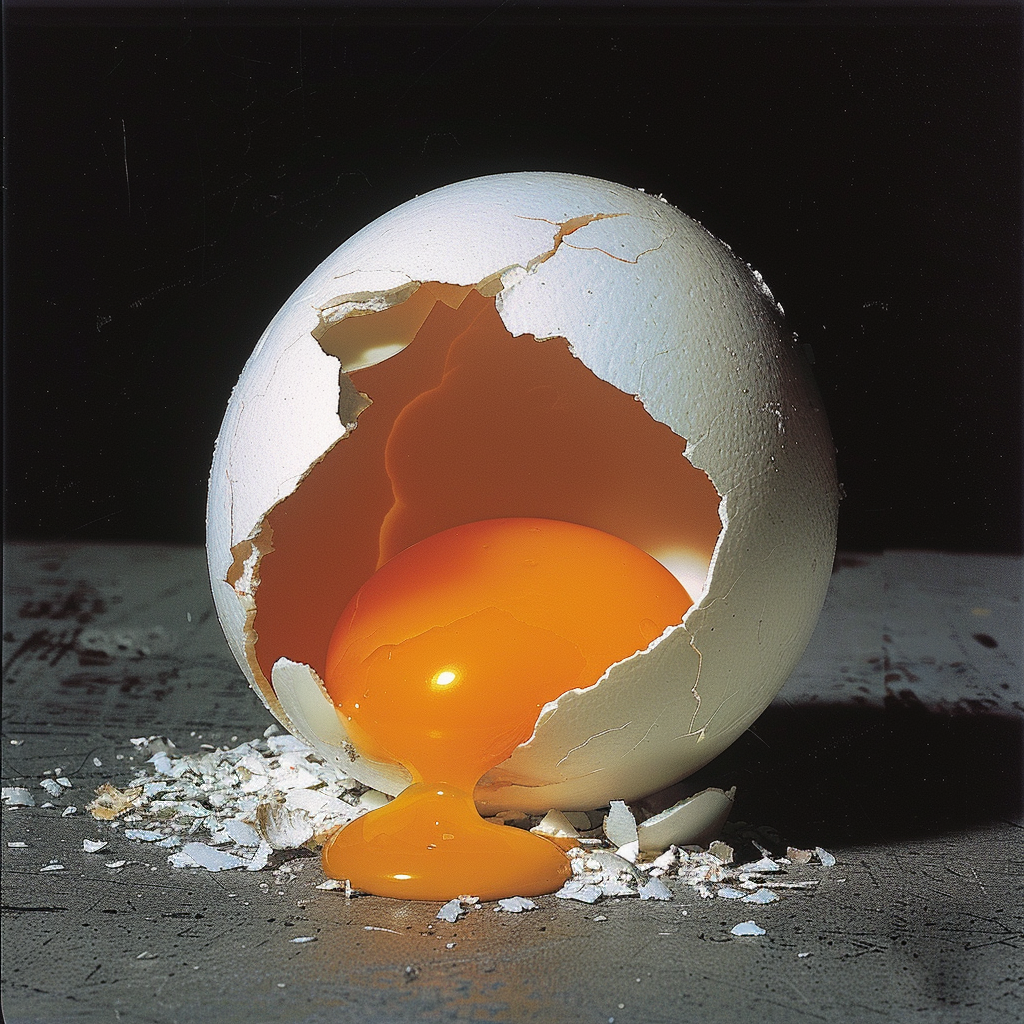
Eggs are an important food in many cultures. They are more than just good to eat; they also have meanings that go back to ancient stories and useful health benefits. Photographers who take pictures of eggs work hard to show the many ways people see eggs and the traditions that go with them. There’s a lot to discover when taking pictures of eggs because they represent both common experiences and unique ways of cooking.
Showing Freshness and Quality in Pictures
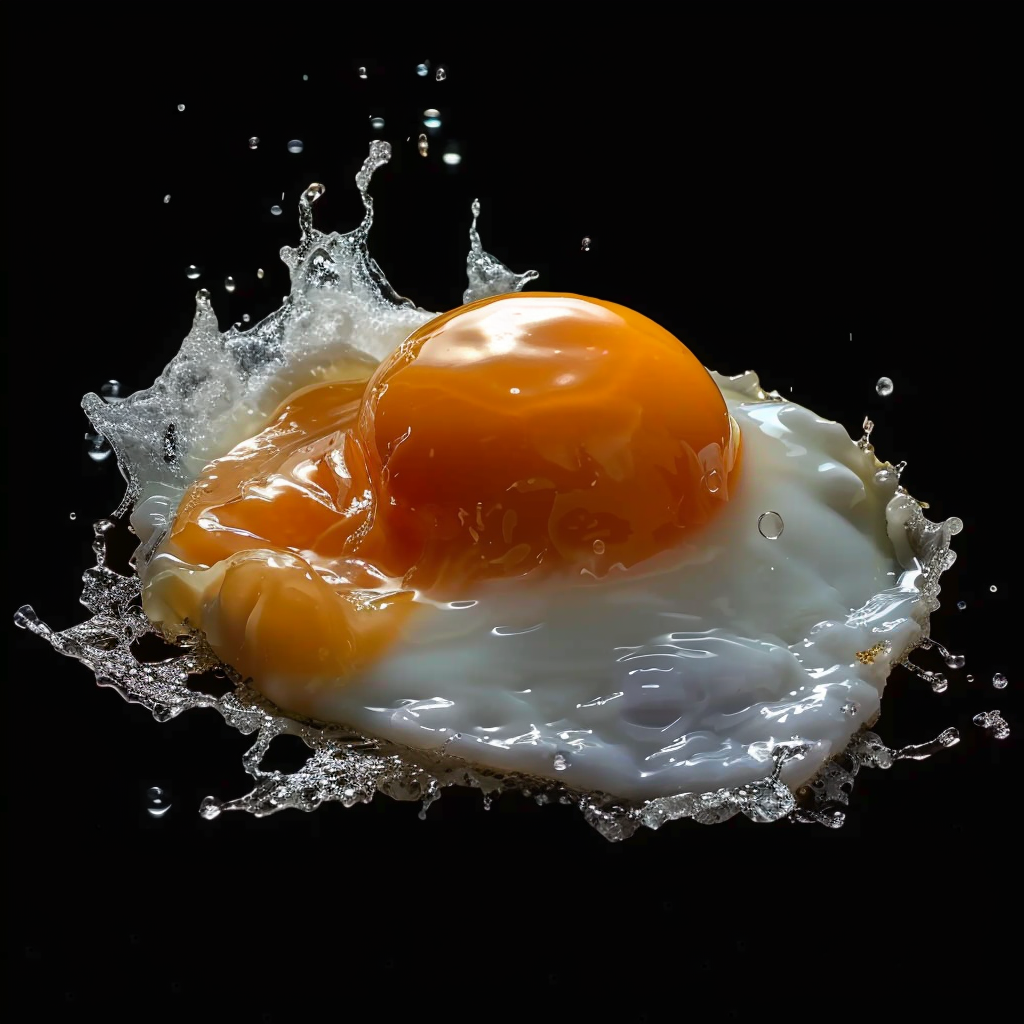
Taking pictures that show how fresh and good eggs are is important. To do this well, photographers focus on small visual things. A bright yolk, a shell that looks clean with tiny holes, and clear egg white tell you a lot about how fresh an egg is. They use different methods like lighting, how they set up the shot, and picking the right background. This makes the eggs look really fresh to people looking at the pictures.
Understanding Egg Photos
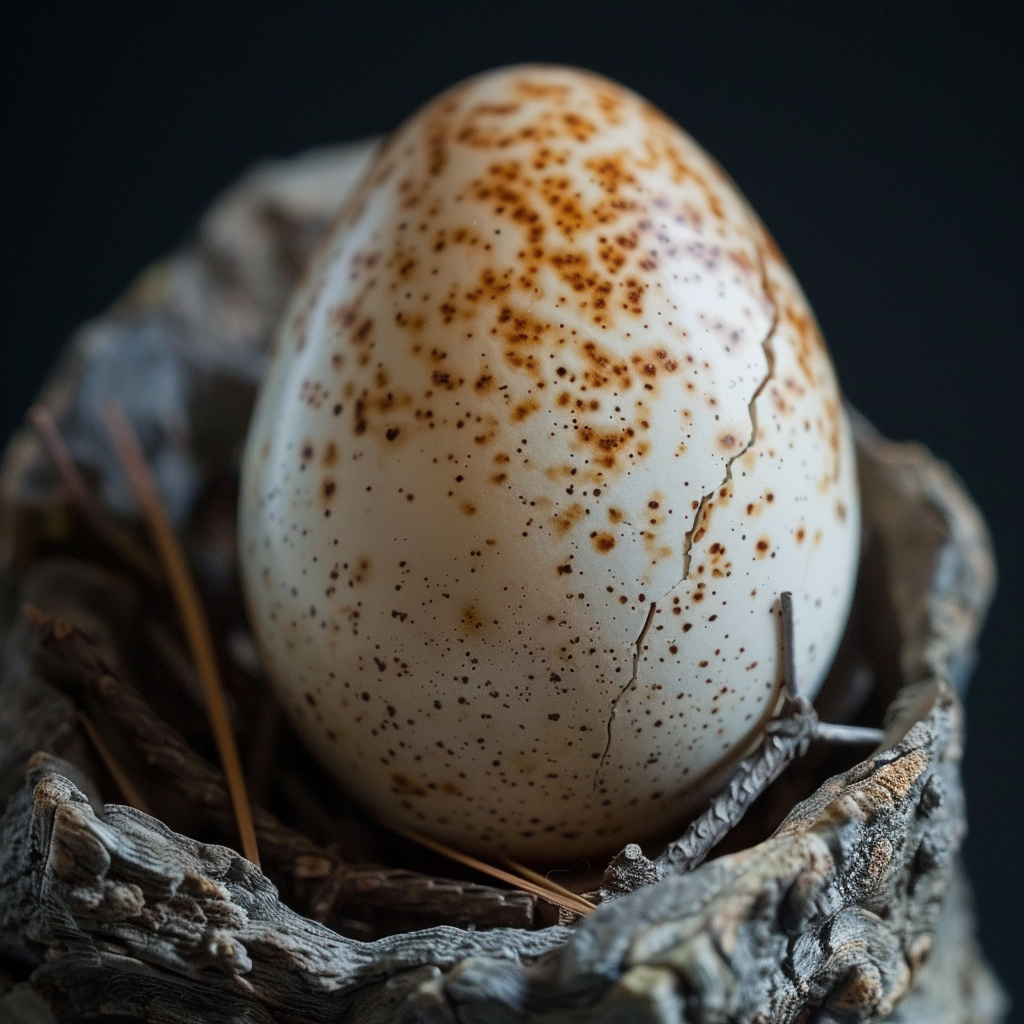
Talking about how meaningful egg photos are, it’s about making sure the picture of the egg matches up with what we usually think eggs mean. The photo has to make sense, with everything in it showing off the egg in a way that fits with what we already know and think about eggs. By using clues from the setting, setting up the shot just right, and keeping the theme steady, photographers make sure their egg photos send a clear message.
Essentials of Egg Photography: Camera Settings and Lens Selection
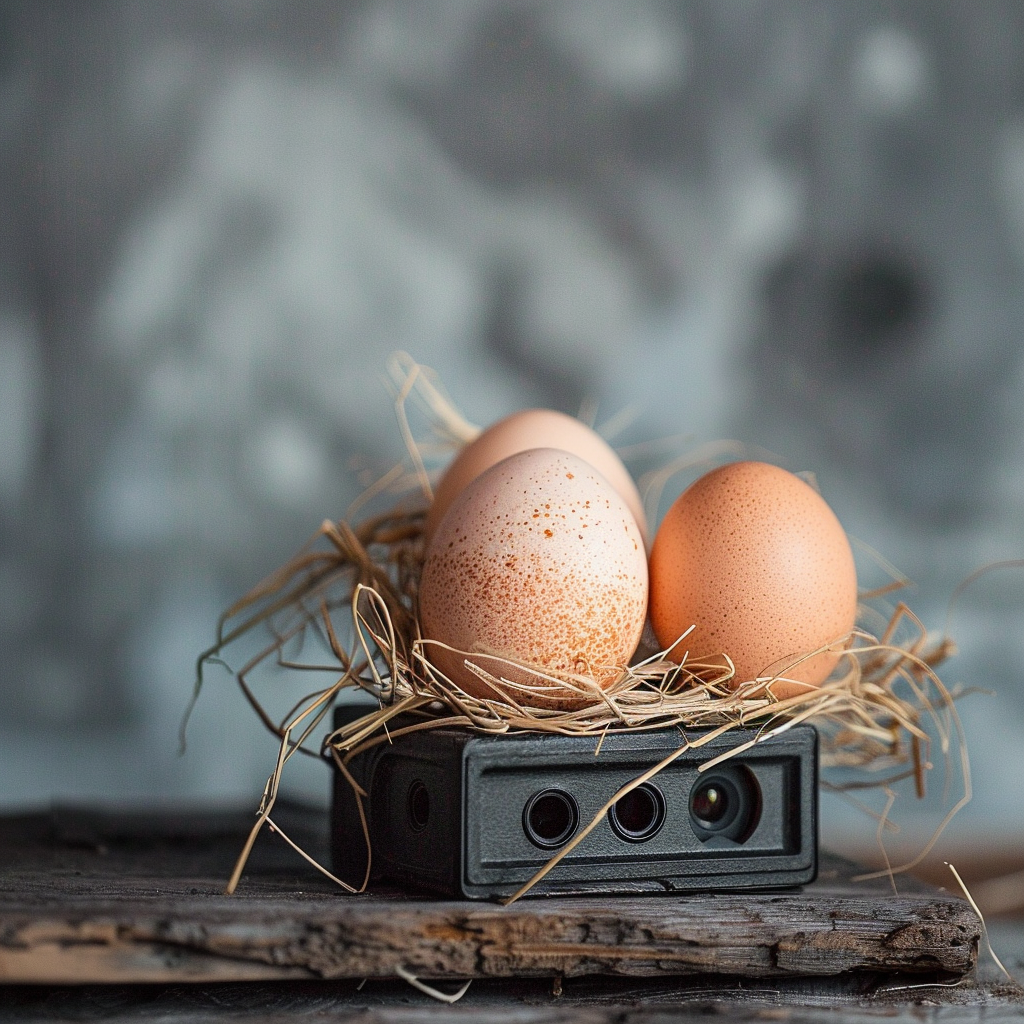
Tackling egg photography requires getting your camera settings right. Choose an aperture between f/7.1 and f/10 for clear images across the egg, but feel free to go down to f/2.8 for a blurred background effect. Always opt for the lowest ISO, say 100 or 200, to keep your photos crisp and free from noise. Shutter speed is mostly inconsequential unless you’re shooting a moving egg, which isn’t common. If we talk lenses, both macro and regular ones have their perks, yet macros deliver those stunning close-ups. Also, don’t overlook the trusty 50mm lens; it nails food photos by capturing lifelike shots with zero weirdness.
Setting Up the Scene and Choosing Props
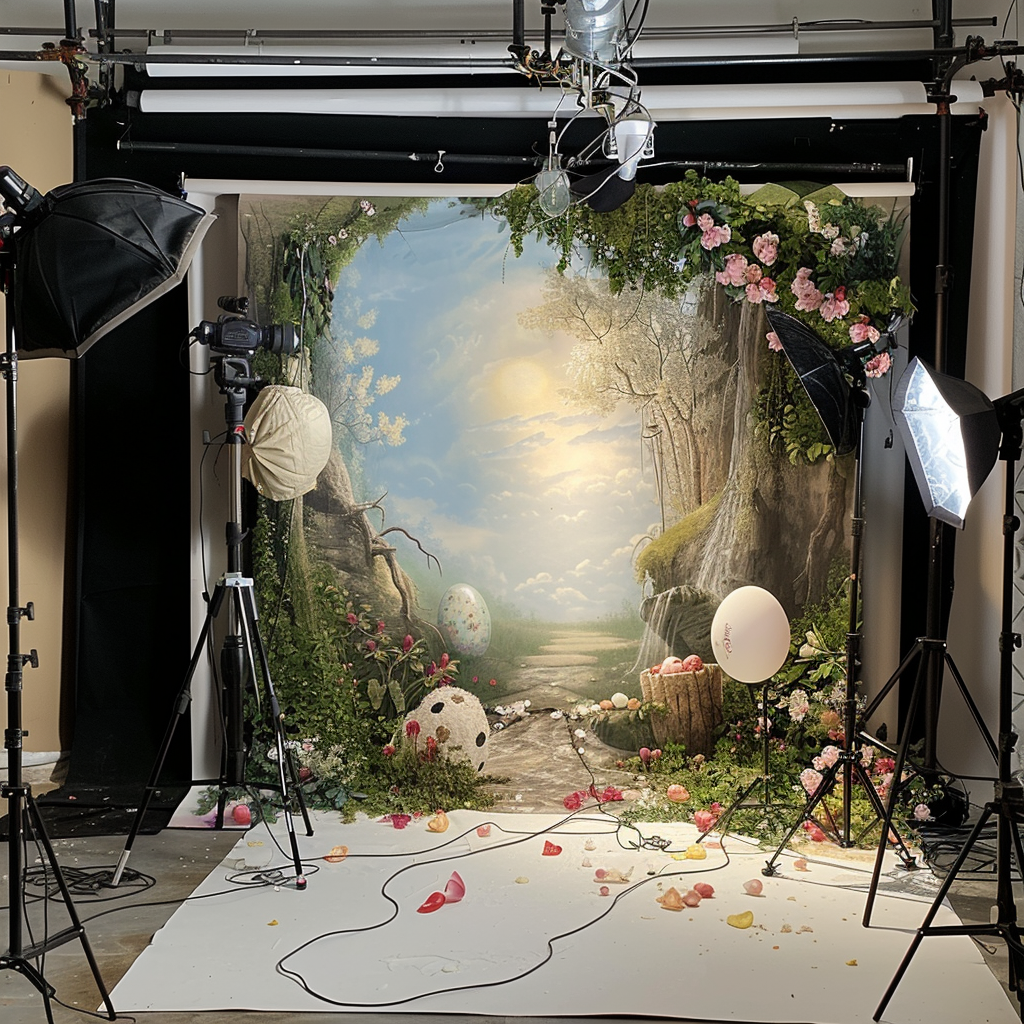
When you’re setting up a photo, you’re crafting a visual story. Select props that help tell that story or suggest that what you’re shooting is new, like eggs, for example. Use wooden textures or old-fashioned kitchen items. They give a cozy, country feel, plus they contrast well with the eggs’ smooth shells. Toss in some fresh herbs or grains to really sell the just-picked look. But remember, colors should get along – pick backdrops and extra bits that highlight the eggs’ colors, not overpower them.
How to Improve Your Egg Photos After Shooting

The magic truly happens in post-processing, where you can transform a bland egg photo into a standout image. Start with adjusting the white balance to show off the egg’s natural color. Then, fine-tune exposure and contrast for a subtle lift – it helps the egg stand out but keeps the bright spots looking good. Sharpening lets you draw out details, just don’t overdo it; it should look real, not super-edgy. End with a touch of vignette to nudge the viewer’s focus onto the egg without being too obvious about it.
Taking pictures of eggs gives photographers lots of creative room, through choices in setting, light, and framing to really tell a story with their shots.
Simple Versus Fancy Setups
Photographing eggs can go two ways: simple or fancy. Going simple means sticking to a plain background that throws light on the egg’s shape and texture, no frills. Fancy setups are quite the opposite – think props, interesting backgrounds, and extra stuff that adds a story or context to your egg. Each style has its purpose: minimalism highlights the egg’s innate beauty, while a more complex setup might tell a deeper tale.
Diving Into Photographic Styles
The way you photograph an egg can infuse it with meaning. For example:
- High-Key Lighting: This gives off a vibe that is hopeful and fresh.
- Low-Key Lighting: This style uses shadow and contrast for a more mysterious or profound effect.
- Macro Shots: Close-ups show off details and colors that normally go unnoticed.
Successful Egg Photo Campaigns
Checking out past successful campaigns can teach us a lot. One campaign may use rustic kitchen scenes to stir up cozy, traditional feelings, hitting home on the natural quality of their eggs. Another could place eggs in sleek, modern settings to link them with cutting-edge vibes. Every shot tells its story through the use of photographic techniques, backdrops, and shades of meaning.
This careful selection of imagery is crucial when trying to reach your audience and make your brand memorable. Masterful egg photography isn’t just snapping pictures – it’s about creating feelings and ideas that stick with people when they see them.
Egg photography is more than simply taking pics of an egg; it weaves a visual narrative that elevates the ordinary egg. Whether suggesting themes of life and growth or simplicity and fragility, photographers have the chance to take viewers beyond the kitchen and into a space of symbolism and cultural relevance.
Crafting a Narrative Around the Egg Subject
To nail egg photography, you need to be able to tell a story around it. Right settings and props can make your egg fit perfectly into any scene you’re aiming for. And depending on how you light it, you can raise different moods – from mysterious shadows to gentle glows that portray innocence and gentleness.
Eggs and Emotions
Good photos should make people feel something and connect on a personal level; they’re much more than just pretty images. Egg photos hit their stride when they reflect experiences we all share – making us think or remember something special. Capturing these broader meanings like fertility or freshness makes viewers get more invested in what they’re seeing.
Eggs in Branding
Using images of eggs in branding can seriously strike a chord because eggs symbolize lots of positive things like wellness or new starts. This means photos that tap into these themes can help shape how people see a brand, making it stick in their minds. Plus, if companies tell stories well through their egg photos, they can draw people in and keep them interested.
While snapping shots of eggs might seem easy, it comes with its challenges. Getting the light right is one – you don’t want glares off the eggshell – so soften your lights for even glow all around. And since eggs aren’t known for vibrant colors, spicing up the photo means using props or backdrops with contrasting textures or hues. Also, since eggs roll away easily, fix them in place with a dab of something safe like putty.
Mistakes to Dodge when Taking Pictures of Eggs

When photographers try to take pictures of eggs, they usually run into some typical errors. If you don’t use fresh eggs, it can make the picture less attractive, so always choose the freshest eggs for a better look. Another problem is setting the wrong white balance, which makes the color of the eggshells look strange.
You should set the white balance on your camera by hand or fix it after you’ve taken the picture to get the colors right. Also, if you just shoot from simple angles, your photo might end up being boring. Try out different angles to make your photos more lively.
Enhanced Methods for Tackling Tech Troubles
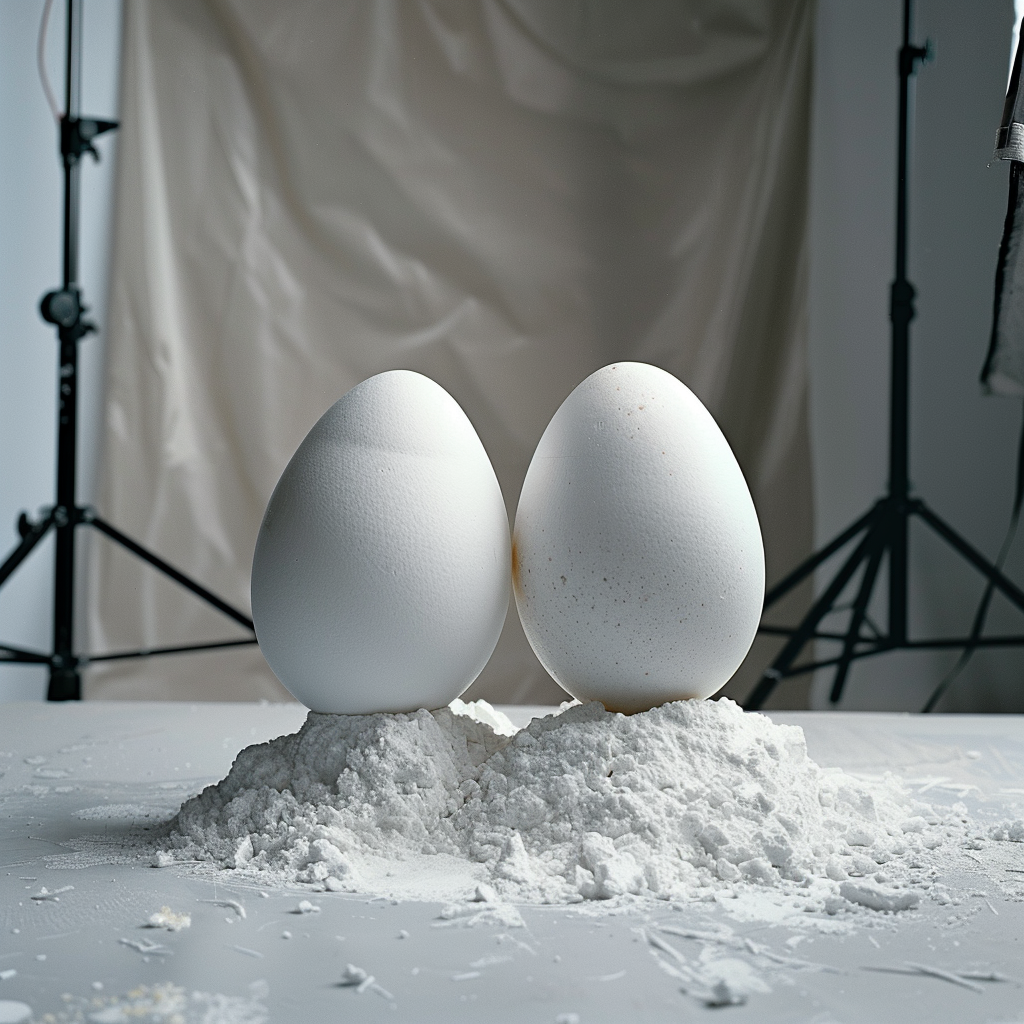
Want to step up your egg picture game? Try some expert tricks. Use HDR imaging to snap all the fine details and colors of an egg – this means taking a few shots at different brightness levels and mixing them. Focus stacking is a cool trick, too; it makes the whole egg look crystal clear by merging a bunch of photos focused on various parts of the egg. Plus, consider backlighting. It’ll give your egg a fancy look by highlighting its curves and glow.
Keeping True Meaning in Artistic Takes
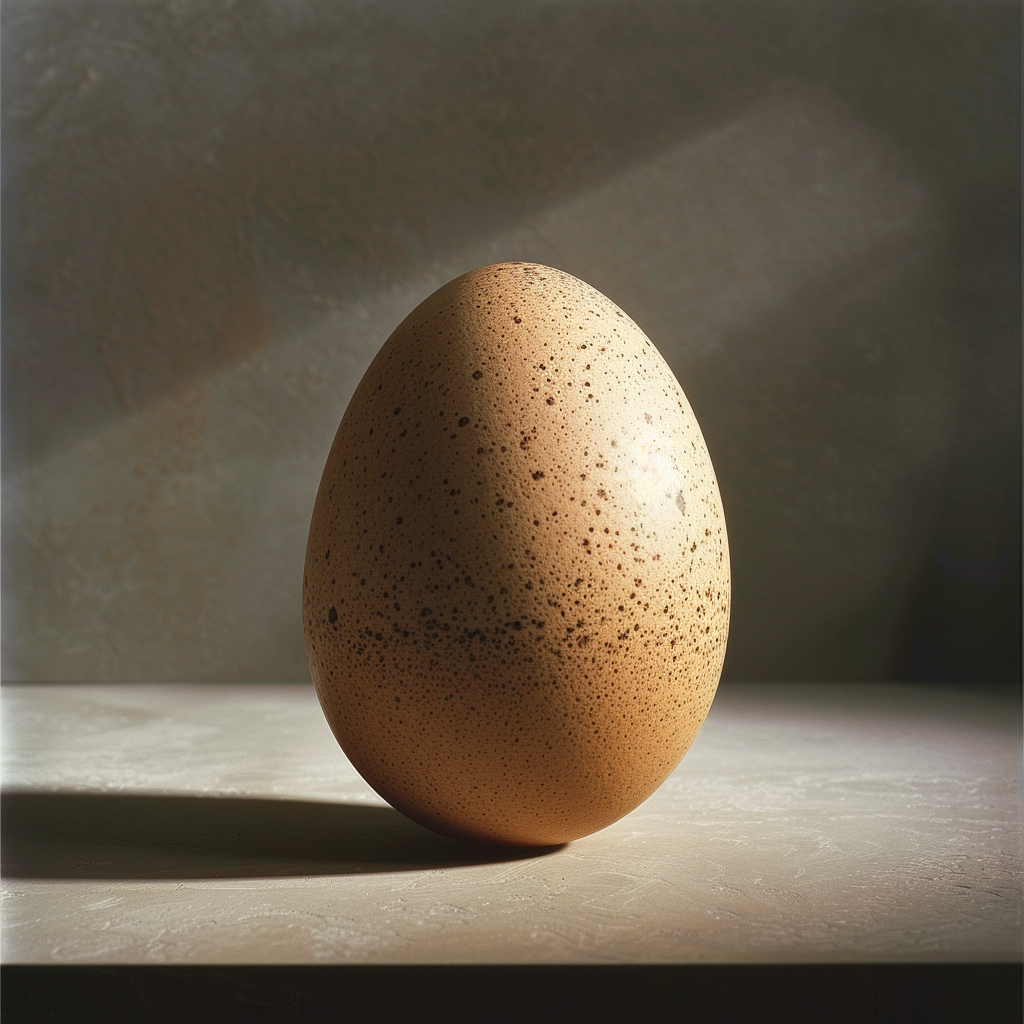
It’s fun to get creative with how you show off eggs, but it’s super important to make sure they’re still identifiable as eggs. No matter how wild your ideas get, don’t forget to keep the basic qualities like the oval form and soft surface. If you’re playing around with colors or tweaking it on a computer, do it gently. These changes should enhance, not overpower, the egg’s original charm.
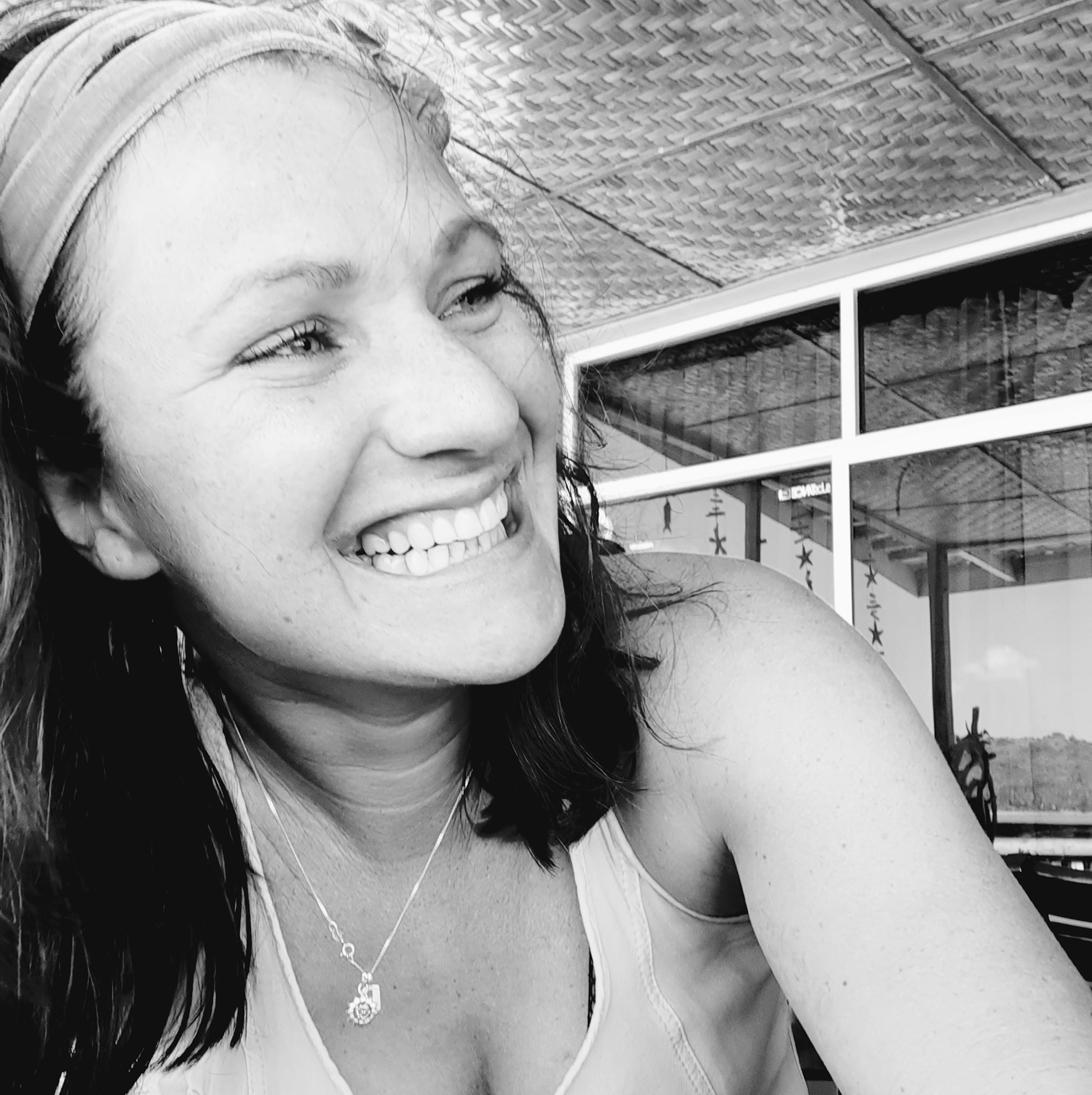
About Author
Rachel Noël is a professional photographer and videographer from the UK with over 10+ years of experience. Rachel specializes in Underwater, Tavel & Portrait photography among other areas.
